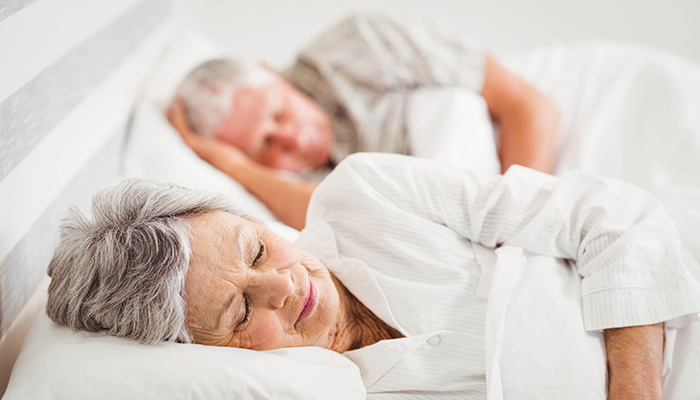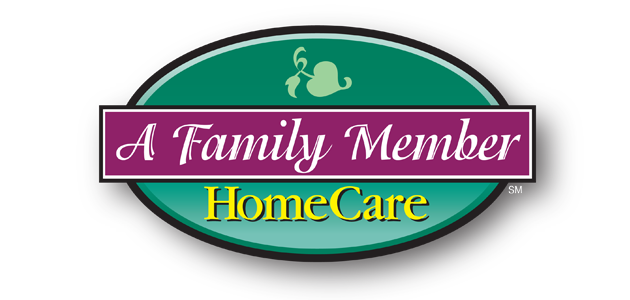
If your older loved one snores loudly, he or she likely has sleep apnea: A collapsing of the airways while sleeping that results in mini-suffocations 5–30 times an hour. And, left untreated, this serious condition is a strong contributor to heart-related deaths, type 2 diabetes, dementia, depression, and car accidents. It’s also a huge problem for any bed partners! Sleep apnea is important to address.
Lifestyle changes can help. Losing weight, quitting smoking, and treating allergies are key steps. Refraining from alcohol at night is also effective, because alcohol relaxes the throat muscles. Learning to sleep on one’s side is another strategy to reduce apnea episodes.
There are several possible treatments. Some require a doctor’s prescription. Not all treatments work for everyone.
- CPAP (continuous positive airway pressure). Through a strapped-on facial mask, a CPAP machine pushes air into the airways and down into the lungs. While a CPAP is the most reliable treatment, it admittedly takes some time to get accustomed to wearing the mask. Medicare covers the CPAP, based on the device’s recording of usage. If your relative does not use it for at least four hours a night, 70% of the nights in the first three months, Medicare will take it back.
- Dental device that thrusts the lower jaw forward. Worn only at night, this device opens the throat. It is easy to use, easy for traveling, and does not require electricity. Talk with the dentist. Note: Medicare will not pay for a dental device.
- Nasal plugs. Inserted into the nostrils, these devices create counterpressure in the airways, often enough to keep the airways open. Ask for a prescription.
- Nasal dilators. These over-the-counter devices can be as simple as a strip resembling a Band-Aid with a wire in it. Placed below the bridge of the nose, the wire causes the nostrils to flare, increasing airway capacity.



